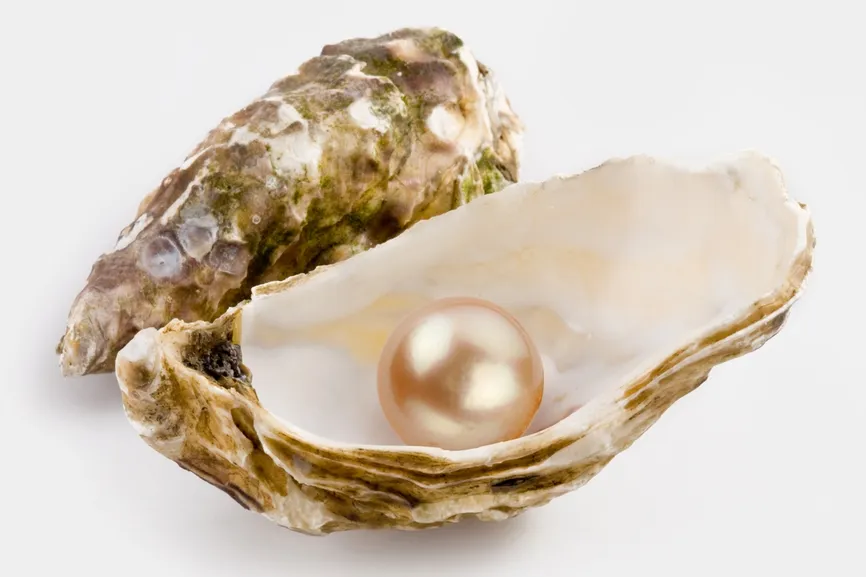
In the 19th century, the largest centers of this craft were Khiva, Bukhara, Samarkand, Karshi, and Kokand. Each center had its own shapes and decorations. The most widespread metal was silver, less often – bronze and copper. Decorations were evidence of the age and social status of the owner, endowed with various magical properties and considered amulets.
For a long time, jewelry with pearls was also very popular, with which ideas about healing power, as well as about something light, chaste, sacred, and most importantly, protective, were associated.
In addition to the old ones, the exposition presents jewelry made by modern craftsmen working in folk traditions. These are the products by F. Dadamukhamedov, N. Kholmatov, K. Azizov, Z. Gulyamov, and A. Dziuba, which are not inferior in beauty and thoroughness of decoration to the best examples of past centuries. Having mastered the experience of their predecessors, modern jewelers tried to make products in the style of traditional schools of jewelry art in Uzbekistan. German silver, Uzbek rock crystal, lapis lazuli, jasper, and even polished peach stones are often used as a material in this group of jewelry. At the same time, the usual and popular corals and turquoise are preserved.
You can learn more about the topic in the book-album "The Collection of the State Museum of Applied Art and Handicraft’s History of Uzbekistan" (XXXIX volume) from the series "The Cultural Legacy of Uzbekistan".
The main sponsor of the project is the oilfield services company Eriell-Group.
